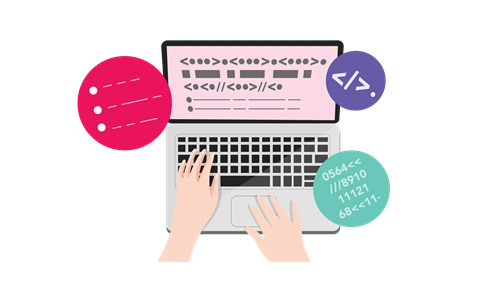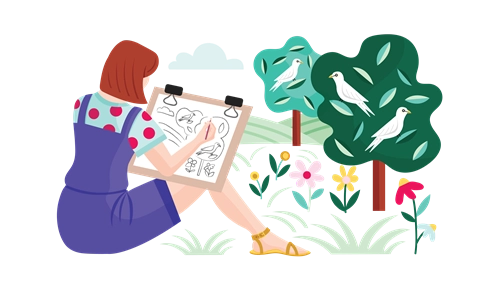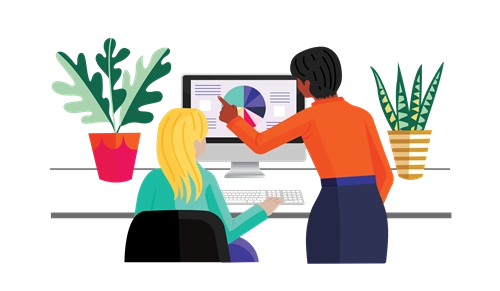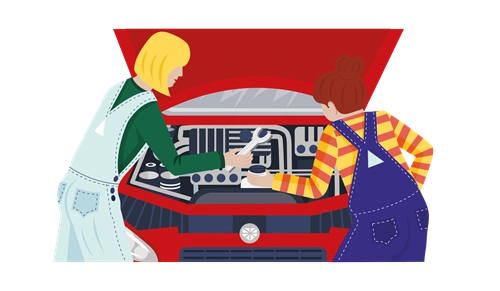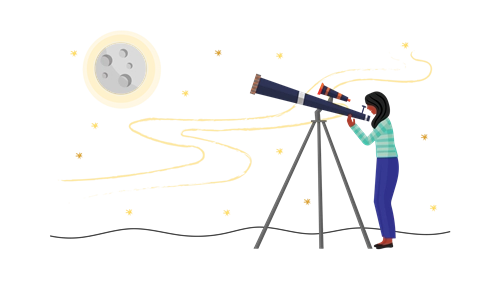Making a difference with STEM
Whether they’re scientists studying to cure disease or save the environment, or engineers building the critical infrastructure we rely on every day, STEM professionals are working at the frontline, solving real-world problems.
Scientists, mathematicians and engineers are out there making a difference every day. We meet women in STEM doing just that.
Erin Hughes, surface water engineer
‘I wanted a job where I could make a difference, to contribute to my society and give back to the community I grew up in.’
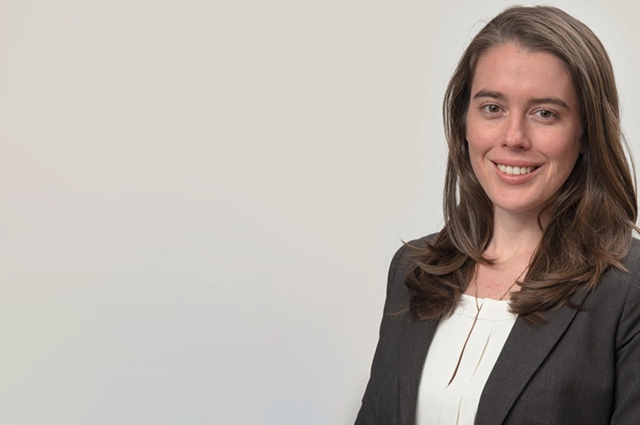
Erin grew up surrounded by water in the Torres Strait, so it might not be surprising that she ended up working as a surface water engineer, but it wasn’t necessarily always on the cards.
Having been her school’s music captain, some people thought she’d pursue a music career, and she even thought about becoming a mechanic – inspired by her fisherman dad’s ability to fix anything in remote places. But Erin also had other thoughts about a future career, having grown up surrounded by communities in the Torres Strait that lacked the same quality of basic services and infrastructure as mainland Australia.
‘I wanted a job where I could make a difference, to contribute to my society and give back to the community I grew up in,’ says Erin, who completed her primary school education via VHF radio, and went to boarding school in Brisbane for secondary school.
She decided to study chemical and environmental engineering at the University of Queensland. While she was still an undergraduate, she worked with the Torres Strait Island Regional Council on water and waste management for remote communities.
Erin’s first job after graduating was as a consultant for a global engineering firm – only a couple of years after the 2011 Brisbane flood disaster. ‘It was a really influential time in my career. I did a lot of work with nearly every council affected by the flood,’ she says. This included understanding flood risks, planning development in flood-affected areas and supporting emergency services.
Now, Erin is based in Melbourne working for another consultancy firm called HARC, this time on dam risk management – looking at what happens when dams fail, for example, as a result of flooding or structural failure. ‘I look at things such as the potential loss of life that could occur from a dam failure – and supporting operators to manage the dams safely,’ she says.
Erin says a diverse engineering workforce is crucial for solving the world’s complex problems.
‘We need a diverse workforce to understand the different points of view and perspectives.’
She adds, ‘When we don’t, we have limited understanding of a problem because we are seeing it just through our lens and not taking into account the requirements, for example, of women or of that specific culture.’
